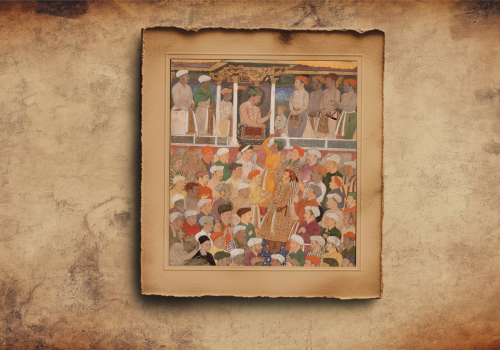” The book is divided into fourteen chapters the first four of which relate the origin and development of Sikhism under the Ten Gurus. The next two chapters deal with Sikhs` struggle for domination in the Punjab and the establishment of misis or chief ships, followed by two chapters sketching Maharaja Ranjit Singh`s rise to power. A chapter then prescribes the decline of the Sikh monarchy and the three succeeding are devoted to the two Anglo Sikh wars, with the last two summing up the beliefs and observances of the Sikhs and their position under the British Crown.
Except for the last chapter which the author prepared from his own notes, he admits having based the entire book on published works such as Malcolm, Sketch of the Sikhs, W.L. M`Gregor, The History of the Sikhs, G.C. Smyth, A History of the Reigning Family of Lahore, J.D. Cunningham, A History of the Sikhs and Syad Muhammad Ladf, History of the Punjab, besides Trumpp`s translation into English of portions of the Guru Granth Sahib. However, there are no specific references in the body of the book to any of the sources used and it has no bibliography or index. The book is a simple and straightforward narrative of what Gordon understood Sikh faith and tradition to be. His account is not exempt from tendentious statements and over simplifications. Gordon in fact assesses the Sikhs as “subjects of the British empire,” and, in the process, he lets several factual errors and misconceptions creep into his work.
References :
1. Fauja Singh, ed.. Historians and Historiography of the Sikhs. Delhi, 1978
2. Khurana, Gianeshwar, British Historiography on the Sikh Power in Punjab. Delhi, 1985
3. Darshan Singh, Western Perspective on the Sikh Religion. Delhi, 1991
4. Grewal, J.S., From Guru Nanak to Maharaja Ranjit Singh.. Amritsar, 1972


